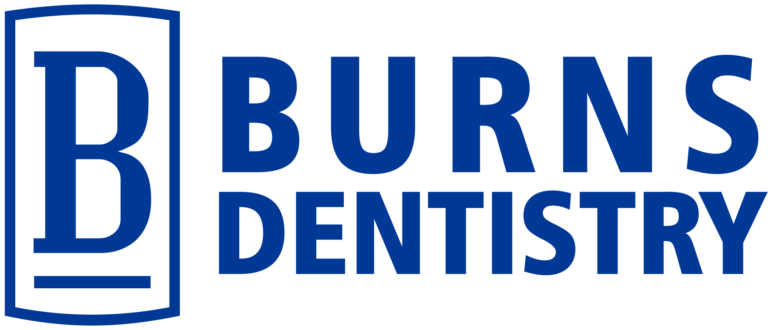How Sedation Dentistry Helps Ease Fears of the Dentist
Does your heart start racing anytime you think about going to the dentist? If so, you’re not alone. In a study published in the American Dental Hygienists’ Association’s Journal of Dental Hygiene, researchers found that 19% of the participants experienced moderate to high dental anxiety.
Fortunately, there’s a solution to this problem: sedation dentistry. Below, we explore why going to the dentist tends to make people nervous. We also list the various types of sedation dentistry and explain how each of them helps ease fears of the dentist.
Why Are People Afraid of the Dentist?
There’s no need to be scared of the dentist. In fact, along with following an at-home oral care routine, regularly attending dental checkups is one of the best things you can do to protect your teeth and avoid experiencing a painful condition in the future. So why are so many people afraid to go to the dentist? Here are a few reasons:
- They’re worried the visit will be painful.
- They don’t like loud noises.
- They’re claustrophobic.
- They don’t like feeling like they’ve lost control.
- They grew up hearing their parents say that they didn’t like going to the dentist.
Fortunately, for many people, sedation dentistry provides an effective solution to these issues.
How Does Sedation Dentistry Work?
There are various types of sedation dentistry, and each works in its own way to combat dental anxiety. For example, a sedation dentist may offer:
- Nitrous oxide sedation– Commonly known as “laughing gas,” nitrous oxide alters pain and pleasure receptors, producing a euphoric feeling. Your dentist will place a mask over your nose and begin administering a mix of oxygen and nitrous oxide. Within about three to five minutes, you’ll start feeling the calming effects of the sedation. Then, once your procedure is complete, your dentist will administer pure oxygen to remove any remaining nitrous oxide from your system. You should be able to drive yourself home.
- Oral conscious sedation– This type of sedation involves taking a pill prior to your procedure (usually about an hour beforehand). After doing so, you’ll likely feel groggy, and you may even fall asleep while you’re in the chair. Because it can take several hours for the effects of oral conscious sedation to wear off, you’ll need to arrange for a friend or family member to drive you home.
- Intravenous (IV) sedation– If you opt to undergo IV sedation, your dentist will administer a sedative directly into your bloodstream using an IV. Many people end up falling asleep during the procedure. Like oral conscious sedation, IV sedation can make you feel very groggy afterward, so you should coordinate a ride home with a loved one.
A Trusted Dentist With Sedation Near You
Does sedation dentistry sound like it might be a good fit for you? If you’re in Sun City, Sun City West, Litchfield Park, or a nearby area, you can entrust your care to the professionals at Burns Dentistry. We offer various types of sedation—including nitrous oxide sedation, oral conscious sedation, and IV sedation—and we’ll recommend the method that’s best suited to your specific needs.
Contact Burns Dentistry today to learn more about the sedation options we have available for our patients. We’ll be happy to answer your questions and arrange a time for you to come in for a free initial consultation.

